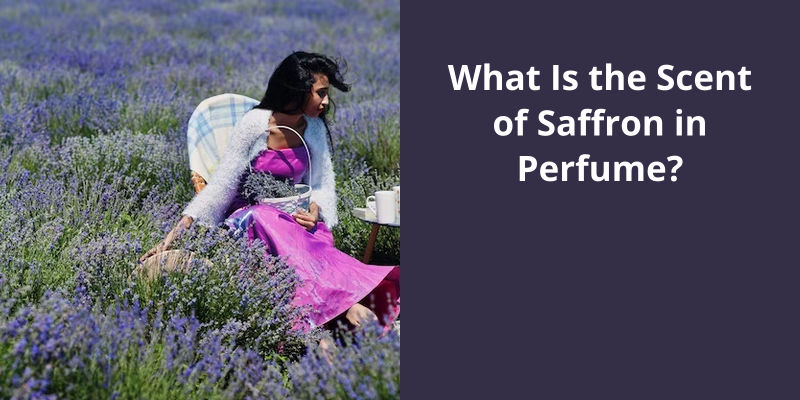Base notes in fragrances usually offer depth and solidity to the perfume. Some common base notes used are vanilla, musk, amber, sandalwood, and cedarwood. Vanilla and amber typically provide a sweet and warm touch to the fragrance, while musk adds a rich and deep element. In contrast, sandalwood and cedarwood usually bring in woody notes that can linger much longer, creating earthiness and longevity to the fragrance. These base notes often emerge later due to their heavy molecular structure, making them last longer than the top and middle notes.

What Are the Common Middle Notes?
What’re the common middle notes? The middle notes in fragrances play an essential role in creating a well-rounded and captivating scent. These notes help to bridge the gap between the initial burst of top notes and the deep, lingering base notes. Commonly found in the middle notes are beautiful, full-bodied floral scents like jasmine and ylang ylang. These floral notes add depth and complexity to the fragrance, lending a sense of elegance and sophistication.
Notes such as apple and strawberry can add a burst of freshness and sweetness to the overall scent composition. These fruity middle notes provide a pleasant and uplifting experience, enhancing the overall mood and making the fragrance more appealing.
This combination creates a balanced and dynamic fragrance profile, capturing the attention and admiration of those who encounter it.
Floral Middle Notes in Addition to Jasmine and Ylang Ylang, Other Floral Notes Like Rose, Lily of the Valley, and Peony Can Be Commonly Found in Middle Notes. These Floral Scents Can Add a Soft and Romantic Layer to a Fragrance, Enhancing It’s Overall Elegance and Femininity.
- In addition to jasmine and ylang ylang, other floral notes like rose can be commonly found in middle notes.
- Lily of the valley is another commonly used floral note in middle notes of fragrances.
- Peony is also a popular floral scent that’s often found in the middle notes of perfumes.
- These floral scents can add a soft and romantic layer to a fragrance.
- They enhance the overall elegance and femininity of the perfume.
When it comes to creating perfectly balanced fragrance blends, the right combination of top, heart, and base notes is essential. To get started on your blending experiments, a great approach is to use a ratio of 20 percent top notes, 30 percent heart notes, and 50 percent base notes. This combination allows for a harmonious interplay of scents, ensuring a well-rounded and long-lasting fragrance. Now, let’s delve into the process of mixing these notes and discover how they can come together to create captivating aromas.
How Do You Mix Top Heart and Base Notes?
When it comes to blending fragrances, it’s important to understand the significance of each note. The top notes are the first scents that hit your nose when you apply the fragrance. They’re light and evaporate quickly. Some common top notes include citrus fruits, herbs, and spices. The heart notes are the middle layer of a fragrance and add depth and complexity. They’re usually floral or fruity notes, such as rose, jasmine, or pineapple. Finally, the base notes are the foundation of a fragrance and are responsible for it’s longevity. Some common base notes include vanilla, musk, and amber.
To create a well-balanced fragrance blend, it’s important to mix the top, heart, and base notes in the right proportions. A good starting point is to use a ratio of 20 percent top notes, 30 percent heart notes, and 50 percent base notes. This ratio ensures that the top notes provide a fresh and invigorating opening, the heart notes add complexity and character, and the base notes give the fragrance staying power.
Some scents naturally complement each other, while others clash and create unpleasant combinations. Experimenting with different combinations is the key to finding harmonious blends. Keep in mind that personal preferences also play a role, as what one person finds pleasing, another might not.
It’s also worth considering the concentration of each note when blending. Some notes are more potent than others, and too much of a strong note can overwhelm the blend. Balance is key, and adjusting the proportions of each note can help achieve the desired effect.
Experimentation, attention to compatibility, and layering techniques can further enhance the blend. With practice and a discerning nose, you can create unique and captivating fragrances.
Creating Seasonal Blends: How to Mix Top, Heart, and Base Notes to Create Fragrances That Are Suitable for Different Seasons or Occasions.
- Understanding top, heart, and base notes in fragrance creation
- Experimenting with different combinations of notes for seasonal blends
- Blending light and fresh notes for spring and summer scents
- Incorporating warm and spicy notes for autumn and winter fragrances
- Creating versatile blends that transition well from day to night
- Considering the occasion or mood when choosing notes for a fragrance
- Taking inspiration from nature and different seasonal elements
- Adjusting the concentration of each note to achieve the desired effect
- Testing and refining your seasonal blends to perfect the scent
- Showcasing your unique fragrance creations for different seasons or occasions
Conclusion
These notes aren’t only rich and smooth but also possess the remarkable ability to linger on the skin for an extended period. Among the common base notes that have captivated perfumers and fragrance enthusiasts alike are cedarwood, sandalwood, vanilla, patchouli, and musk. Each of these base notes brings it’s own unique character to a composition, adding warmth, sensuality, and a touch of sophistication. From the woody and earthy nuances of cedarwood and patchouli to the creamy sweetness of vanilla and the animalistic allure of musk, base notes possess the power to create a lasting impression and evoke a wide array of emotions. These timeless ingredients continue to be cherished for their ability to anchor a fragrance, allowing it to fully unfold and leave a lasting impression on those who encounter it. So, whether you're drawn to the earthy, the sweet, or the musky, exploring the world of base notes promises an olfactory journey filled with depth, complexity, and a touch of nostalgia.





